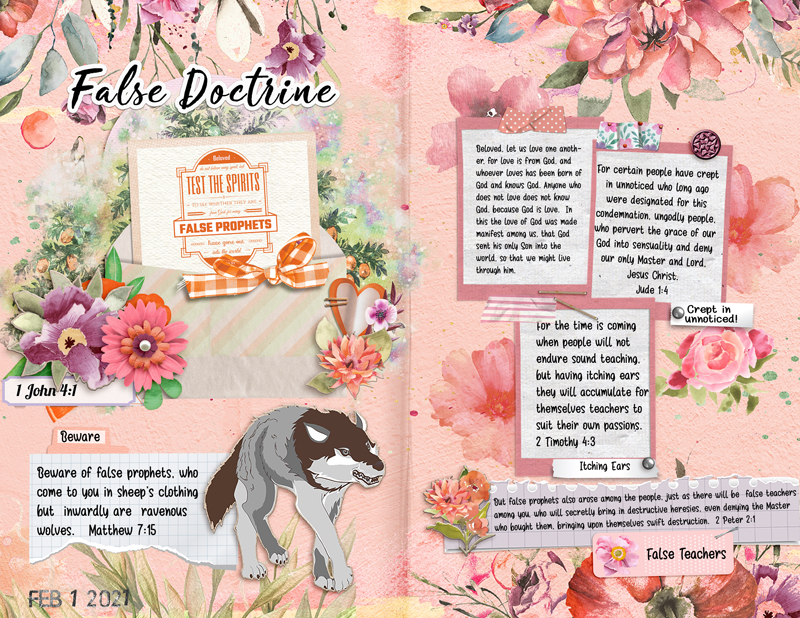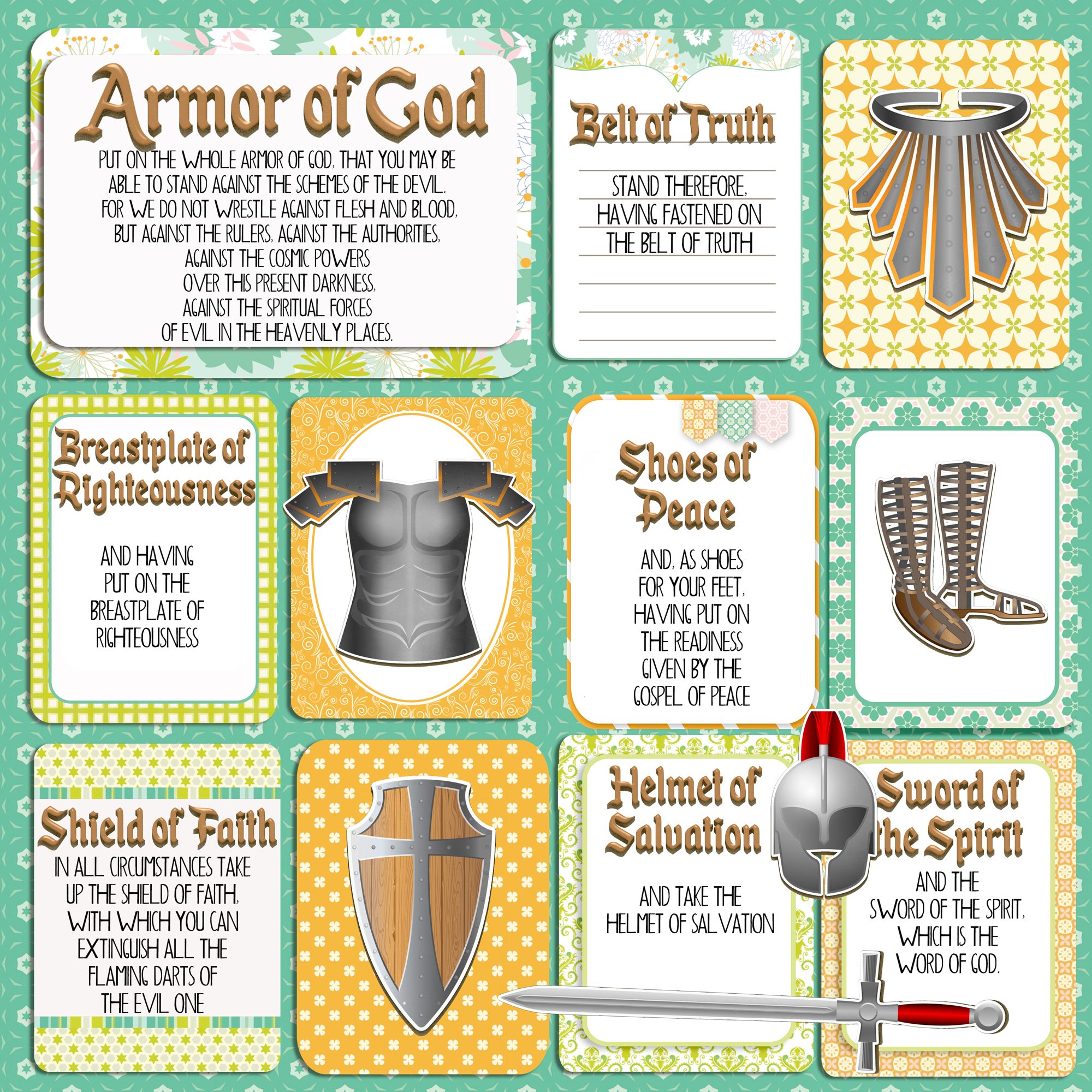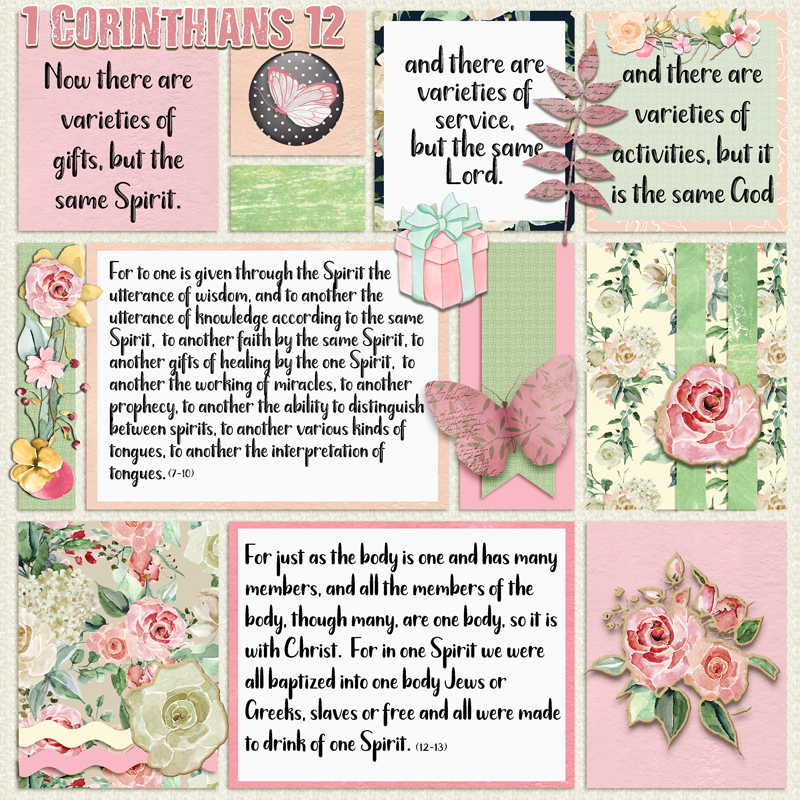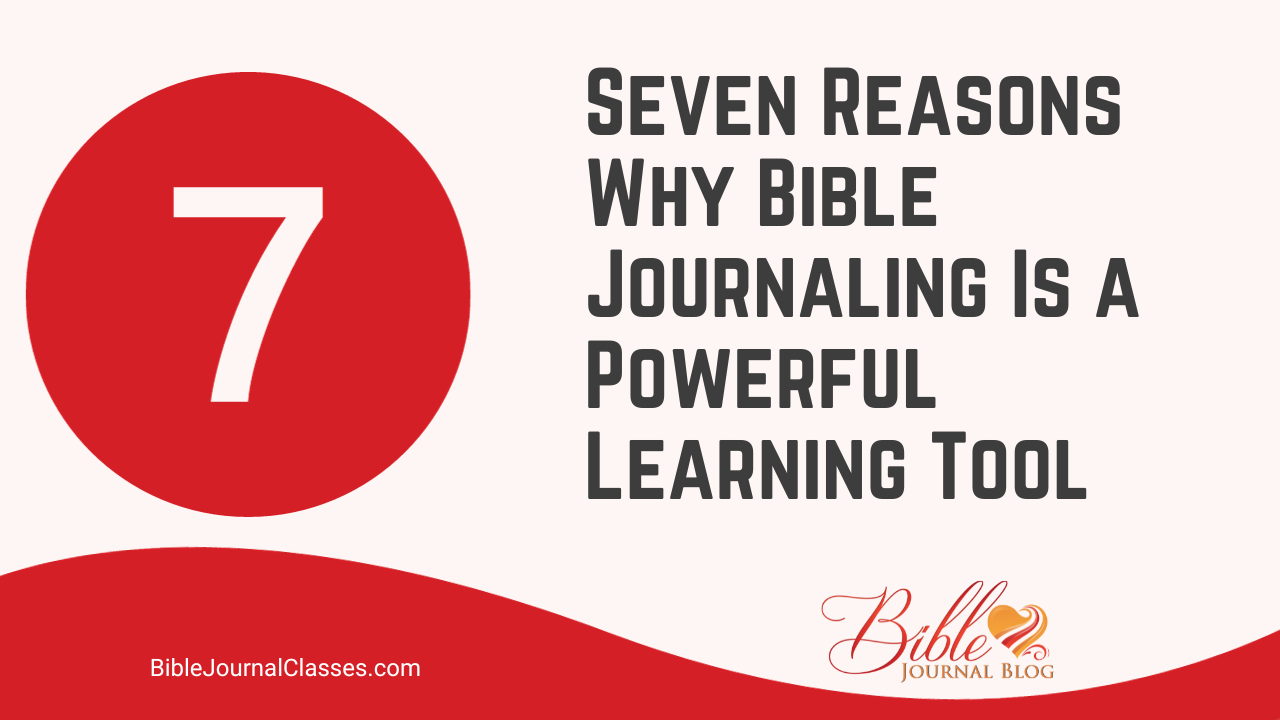
The phrase Bible journaling is confusing. The word "journaling" loosely, as most Bible journaling is actually a Bible passage with illustrations. Shanna Noel with Illustrated Faith (the first and best known Bible journaling company) got the name right, as illustration is a better term.
The word illustration means a comparison or an example or the act or process of illuminating. Bryan Chapell, pastor and theologian, says that illustrations are not for the head so much as the heart. They don’t primarily explain, they motivate.
Illustrations can be images or word pictures that elaborate on something figurative or metaphorical in the passage in order to show its significance. There are dozens of books filled with thousands of sermon illustrations available in bookstores.
How Jesus Taught
Jesus’ teaching methods were wide and varied. He taught in parables, or stories, to illustrate a point.
He used illustrations to help people understand and remember His teaching; He used dialogue, comparisons (similes and metaphors), poetry, hyperbole, and even puns to teach the lessons He wanted people to learn. His parables painted meaning on hearts.
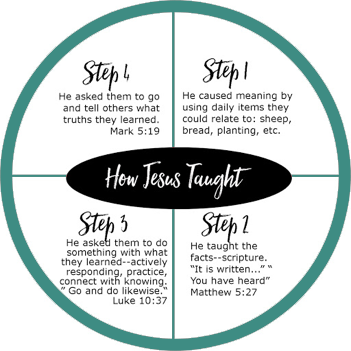
Let's look at the seven reasons Bible journaling is so effective.
#1. Visual Knowledge
Illustrations are powerful. Business people know infographics are a powerful method to educate someone in an efficient amount of time.
Well-created infographics are 30 times more likely to be read than any text, they have a clear goal. Bible journaling is structured similarly to the way our brains function by allowing associations and links to be recorded and reinforced. While creating the page or margin, ideas and thoughts are turned into something visible and structured.
The process of planning and creating a Bible journal page enhances learning, promotes creative thinking, aids memory skills and recall while enlisting the full power of both sides of the brain.
#2. Hands-on Learning
One study shows that students who engage in hands-on learning on a weekly basis outperform those who engage in this manner of instruction on a monthly basis.
Academic learning is too abstract for most students. They require the ability to see, touch, and smell what they hear, read, and write about.
Students whose teachers conduct hands-on learning activities outperform their peers by 72% of a grade level in math and 40% of a grade level in science. This study indicates that the most effective class. (Educational Testing Service 2001)
If you design learning experiences that include a variety of modalities, you will most likely develop a group of enthusiastic, engaged learners.
#3. Craft Interest
Bible and crafts--what's not to love? Crafty people enjoy Bible journaling more than other studying because they find it entertaining.
Many people like “crafty” projects. Recent research from the Association for Creative Industries. The total size of the U.S. creative product industry is nearly $44 billion, and 63% of U.S. households participated in at least one creative activity in the past 12 months.
Knowledge should be sucked into the brain rather than pushed in; first, a state of mind that craves knowledge, interest, and wonder must be created; you can only teach by creating an urge to know.
#4. Illustrations Help Retain Learning
Clip art is popular is schools for a reason—our brains like thinking in pictures.
"By comparing visual presentations with verbal presentations, the results were vastly in favor of visualizations. Presenters who used visual language were perceived by the audience as more effective than those using no visuals—they were clearer, more concise, more interesting, more professional, more credible and better prepared. "(The Wharton School 1981).
"Visual input creates the strongest recall value of all senses, and also allows the widest spectrum of levels-of-processing modifiers. It is also one of the most widely studied. Within visual studies, pictures have been shown to have a greater recall value than words—the picture superiority effect." (Craik, FIM; Lockhart RS).
#5. Color Enhances Learning
If a picture is worth a thousand words, a picture with color may be worth a million. Psychologists have documented that “living color” does more than appeal to the senses. It also boosts memory for scenes in the natural world. Color helps us to process and store images more efficiently than colorless (black-and-white) scenes and, as a result, to remember them better, too. (Felix A. Wichmann,)
90% believe that they remember presentations and documents better when color is used (Xerox study, 2003). Color improves comprehension by 73% (‘The Power of Color’, Successful Meetings, June 1992).
#6. Right and Left Brain Skills
We have two halves to our brains which think in different ways. The left side thinks linearly, following direct linkages to related ideas. The right side prefers the whole picture with flow, images, and colors.
Bible journaling brings together left brain thinking (words, logic) and right-brain skills (images, color, rhythm, space) which dramatically increases your mind power.
The more left- and right-brain functions are integrated, the more synergetic the brain's performance becomes. This means that each cortical competence improves the performance of other areas, allowing the brain to function at its best.
#7. Chunking Information
Our brains think in unique and logarithmic ways. Chunking refers to the strategy of breaking down information into bite-sized pieces so the brain can more easily digest new information. Working with a Bible passage is a chunk of information about the theme.
The brain holds a limited amount of information at one time. Each piece of information is best studied through a structured process of learning that assimilates that chunk of information.
Our short-term memory is on average only capable of storing seven items of information, and chunking can help us use this storage space more effectively. (Glass, A.L. and Holyoak, K.J.)
By chunking information, the author improves the reader’s comprehension and ability to access and retrieve the information. (Robert Horn)
See Memory Dex Cards and Pocket Cards in the Etsy Shop

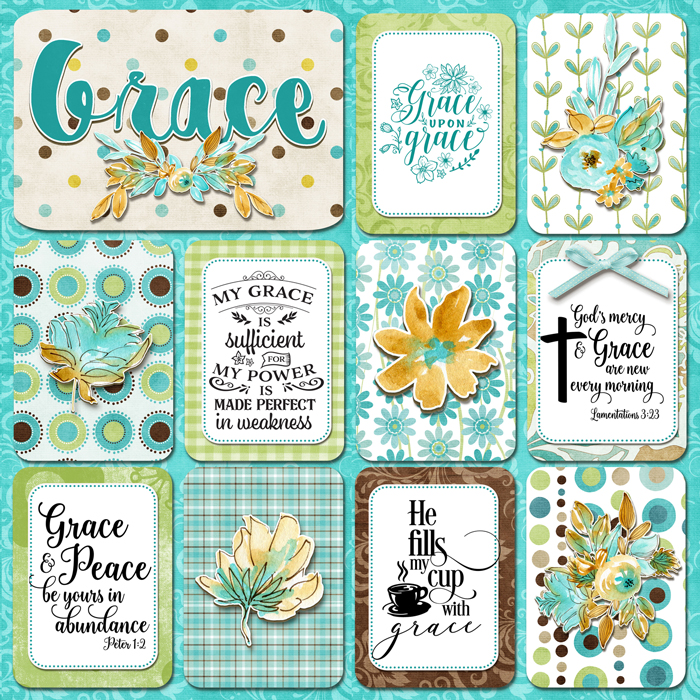


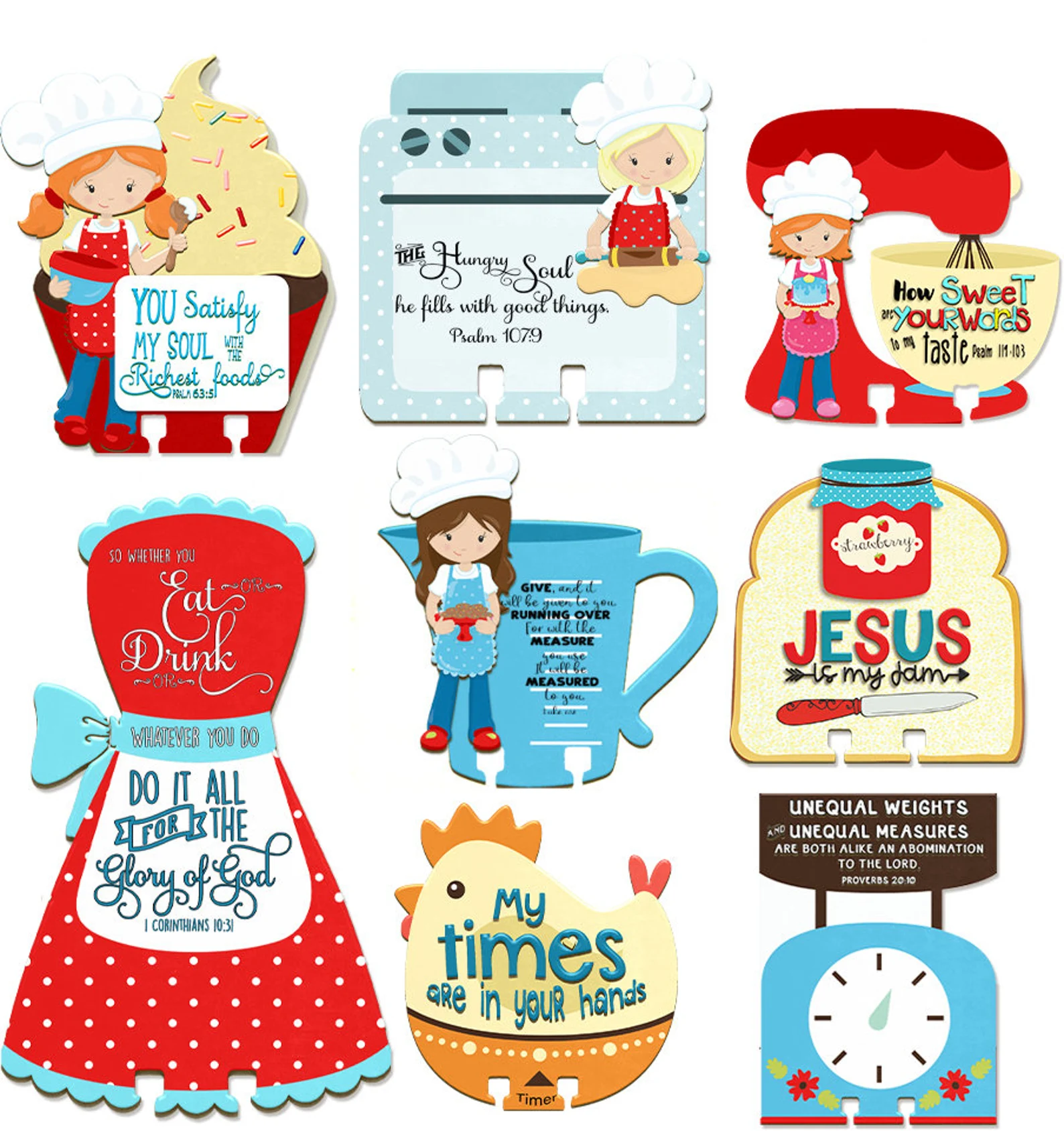 Baking Dex Crads Kit
Baking Dex Crads Kit


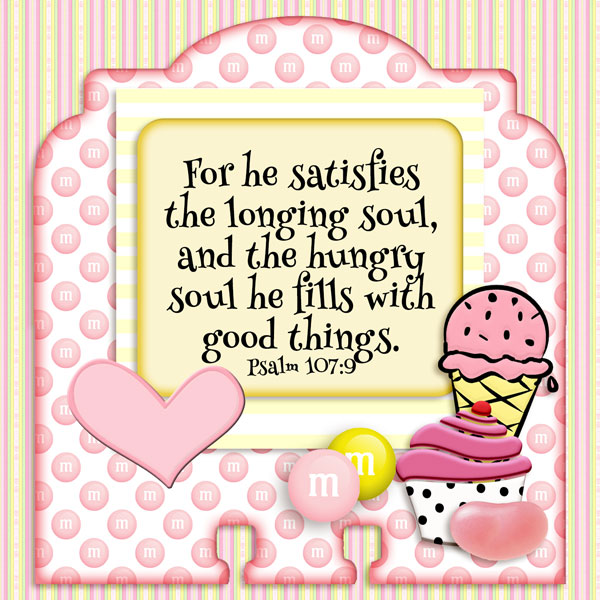 Sweet Treats Kit
Sweet Treats Kit